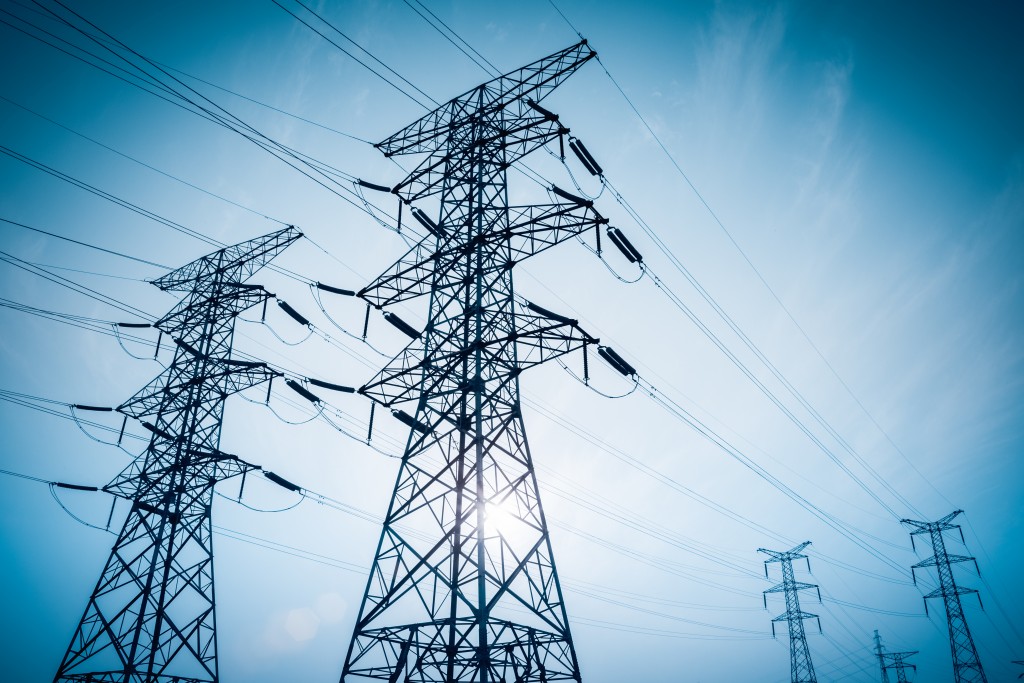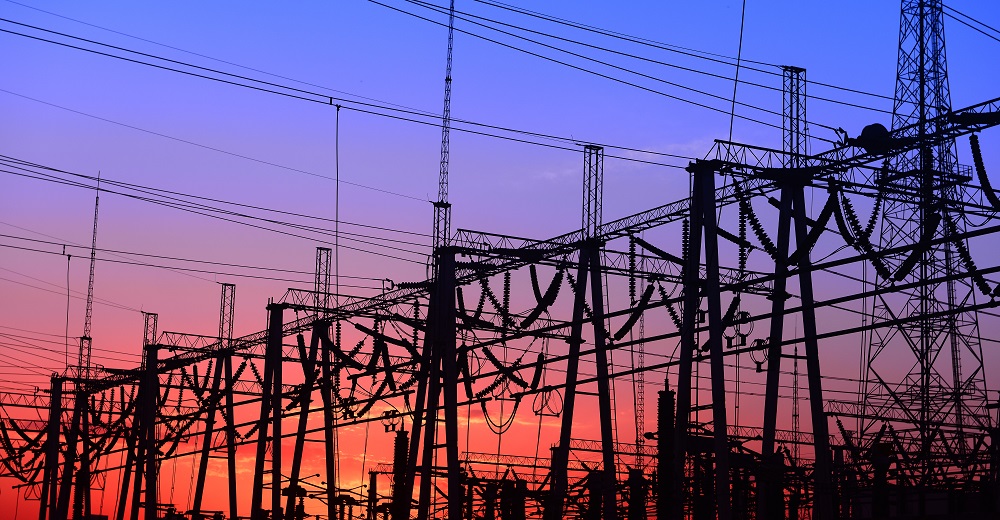Energy production and distribution are complex operations. There are plenty of variables, especially if there are more than a couple of energy suppliers. There are also spot markets for these suppliers, who auction off their production to the different regional distributors. There are more sources now than ever. There are wind farms and solar energy, hydroelectric, coal, and nuclear sources. In addition, there are home energy producers with their own wind turbines and solar production.
The Distribution Network
At the center of all this is a distribution network that tries to deliver the energy to their buyers in a seamless manner. An imbalance in the distribution can lead to disastrous results. Depending on the equipment and severity, a power imbalance can damage transformers and distribution grids or even shut down whole regions.
The transmission network is designed like a spider web. When a line fails, the electricity can be rerouted through other lines. This makes sure that large areas do not experience a power outage due to any fallen high-tension wires or transmission towers. The electric company, the transmission company, and the electric generation plant can monitor the lines. With the proper SCADA programming, these entities would be able to monitor the flow of electricity from the source to the electric company.
Monitoring production and distribution are an essential function of these companies. They need to know if there is enough supply to meet the demand. They also need to know about system distribution losses, as well as any problems in the transmission and distribution.
Without this knowledge, inadequate supply can create problems. Consumers will not have electricity, and there will be a scramble for the supply at the same time. Undersupply will create outages across the system. In the worst-case scenario, it can bring down the whole distribution system. This was what possibly happened in the recent power failure that hit Argentina and Uruguay.
Maintenance

For some, the problem is not in bringing the electricity from the generation plant to the electric company. The problem is with the lines from the electric company to their customers.
Old networks are also at risk. In November, wildfires devastated the town of Paradise in California. The Pacific Gas & Electric was blamed for starting the wildfire, which resulted in the death of 85 people. The company that has since filed for bankruptcy admitted that they had several transmission lines that needed replacement or repairs. This included a line that was built in 1921.
Updating equipment is a necessary part of operating a utility company. There is always the danger of a line problem due to old equipment. Additionally, newer lines, towers, and other equipment would be up to current standards.
Energy generation and distribution are not just a big business. It requires large capital, skilled manpower, and a continuous maintenance and repair schedule. Old equipment is continually being updated to prevent any service interruptions. Providing electricity to customers is 24 hours every day. This is not just a business but also public service. Electricity is a necessity and is treated as a right of every individual. A lot of modern conveniences are only possible with electricity.



